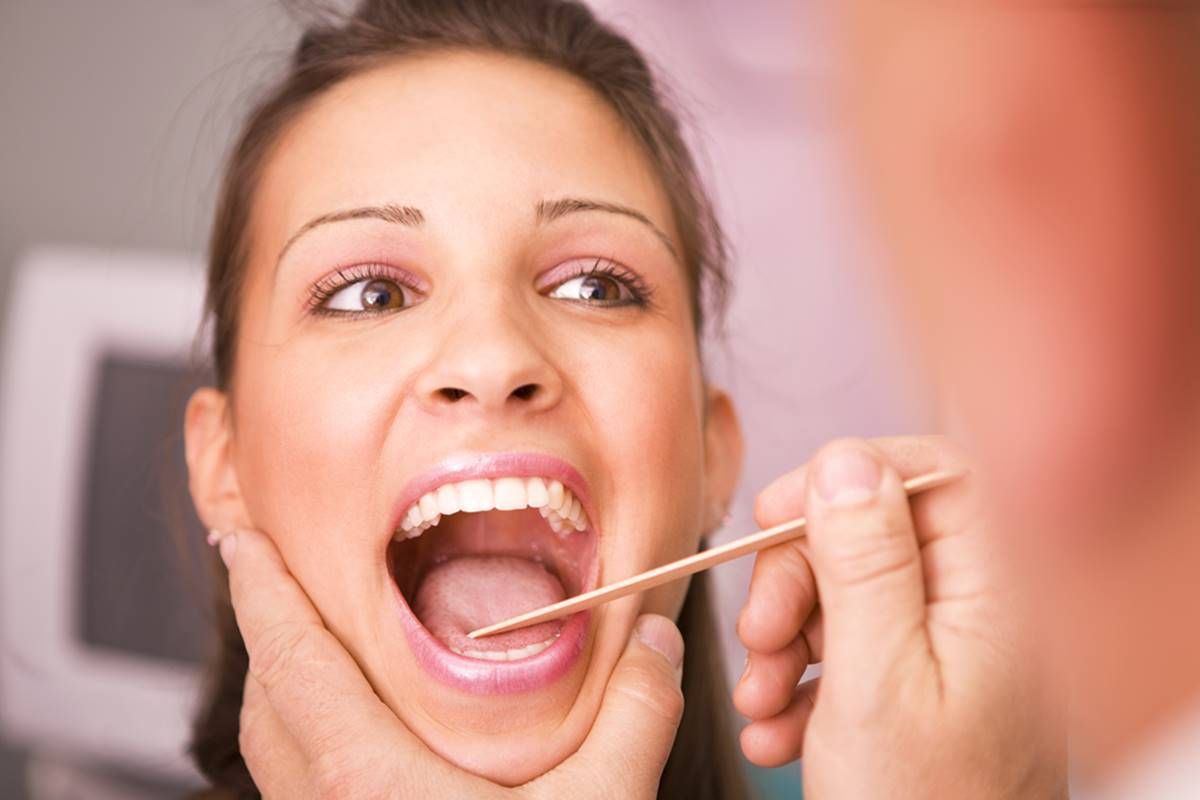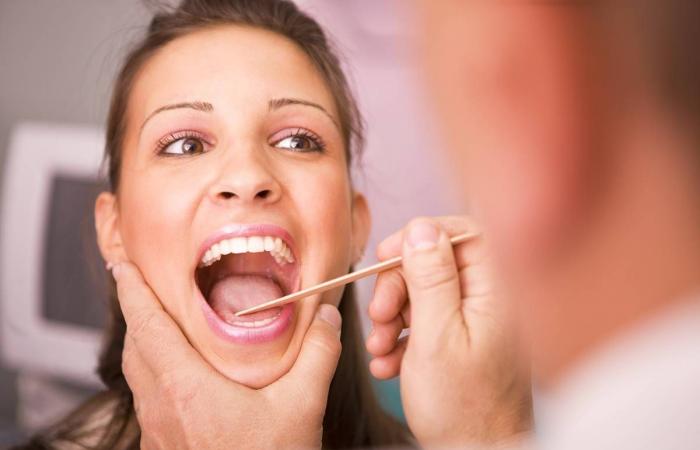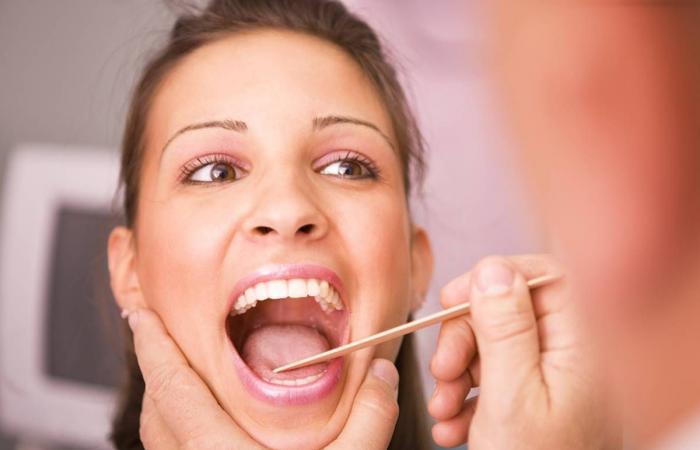There are people who always wait for a sign to know if something is right or wrong with their body. From a health perspective, the body often sends these signals to reveal its status. Among the signs, experts from Harvard highlight that the appearance and color of the tongue can offer important clues about the general well-being of the body.
According to the university publication, the muscular organ that helps us speak, taste and swallow has a certain appearance when it is healthy, but when it changes, it can indicate serious problems.
For experts, the normal thing is for the tongue to have a rounded and symmetrical shape. Regarding color, light pink tones generally indicate normality. Despite this, they still reveal the color of the tongue can vary depending on the country and culture of the person.
In African, Asian and Mediterranean populations, it is common to notice purple or brown pigmentation in the mouth organ.
What does the color of your tongue reveal?
For experts, diet may also be related to tongue tone. They explain that taste buds can absorb the colors and residues of ingested foods and drinks. For example, when we get a blue tongue after eating a popsicle with that color.
In these cases, drinking water and maintaining good oral hygiene already guarantees a solution to change color. However, depending on the tone and appearance of the organ, this condition can reveal serious health problems.
One color, one problem
1. Bright red tongue
The appearance of a red, shiny tongue may indicate a vitamin B12 deficiency or an infection called scarlet fever – caused by the bacteria Streptococcus in the throat, causing streptococcal pharyngitis, which accompanies a red rash on the skin.
Experts indicate that bright red, painless spots on the tongue may represent a disease known as geographic tongue. Although harmless, this disease is incurable.
2. Brown or black tongue
According to the article, the presence of a brown or black tone signals a condition called “black hairy tongue”, which is when the papillae become longer and have small protuberances.
The growth of the papillae can trap bacteria and a mixture of food dyes, causing this condition.
The explanation for the development of a “black, hairy tongue” is linked to smoking, excessive coffee consumption and poor oral hygiene. Furthermore, the change in color can be noticed when the individual is using antibiotics or antihistamines.
3. Thick white patches and white sores
The whitish appearance on the tongue is understood by experts as a condition linked to the excessive growth of yeast in the mouth, called canker sores. According to the article, diabetes and HIV may be responsible for triggering these symptoms.
In addition to diseases, this condition may be associated with the side effects of the use of antibiotics, as well as the use of medications used to treat cancer. In rare cases, experts reveal that white patches or sores can be symptoms of oral cancer.
4. Red or yellow sores
For experts, these characteristics may indicate some problems, which can be mild or serious. According to the publication, when noticing this aspect on the tongue, a problem observed is irritated tissues, which contribute to the development of canker sores.
When red spots are seen, they warn that the symptom may have something to do with the diagnosis of candidiasis. Ultimately, there is a chance it could be mouth cancer.
How to avoid problems?

The Harvard publication demonstrates that good oral hygiene can be the key to preventing changes in the color of the tongue. The recommendation is that individuals use dental floss at least once a day and brush their teeth at least twice.
In an interview, doctor Jiang offers tips on how to brush to avoid major problems.
“Stick out your tongue and pass the toothbrush from the back of the tongue to the front: one pass in the middle, one pass on the left side and one pass on the right side. This helps remove bacteria and debris that build up in the papillae,” he explains.
When asked about the tongue scraper for cleaning, the specialist states that she is not a fan of the instrument, but assures that the technique used in conventional cleaning must be the same when using the scraper.
“It all comes down to what you are willing to do daily to keep your tongue, teeth, mouth and gums as healthy as possible,” says Jiang.
To find out more, follow the Vida&Estilo profile on Instagram.
Have you read all the notes and reports in the column today? Click here.








